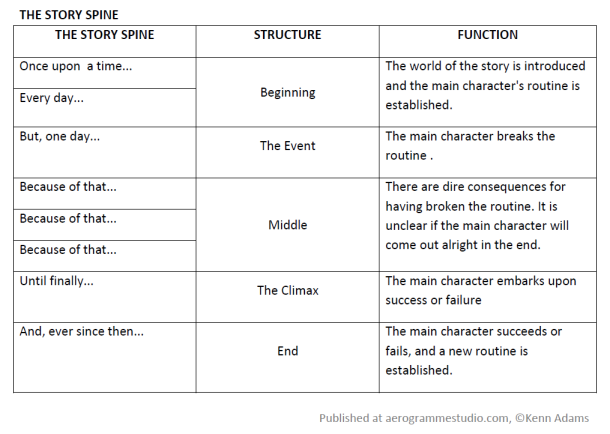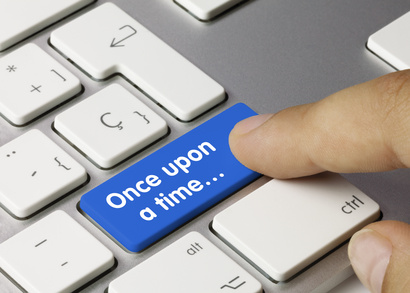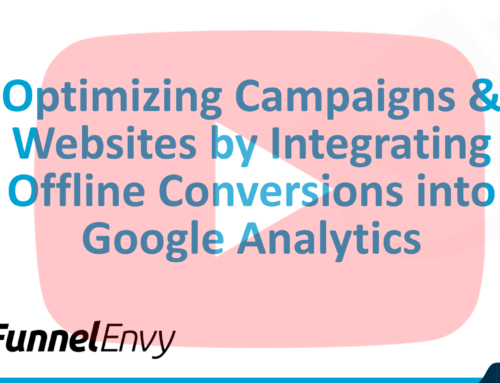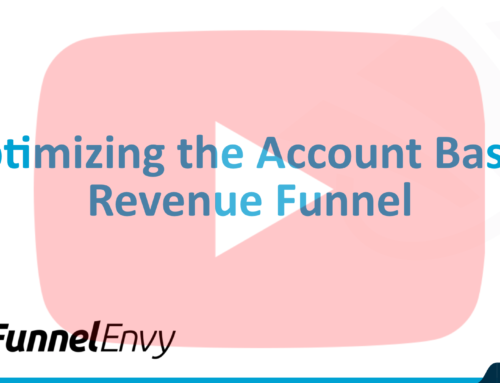Chris Haddad started out like most information marketers: struggling.
He created a product in the dating niche designed to show women how to find the man of their dreams. But when he put a sales page together and launched it on ClickBank, it only converted at around 2%.
So Haddad tweaked his sales copy. He revamped the page by telling a personal story of all the techniques his girlfriend used to get his interest and keep it.
And the result? His conversions went up to 8%, and his product went on to become one of the best sellers on ClickBank.
Storytelling is one of the most powerful techniques to engage users and turn them into customers. A lot of businesses aren’t taking advantage of it.
But you can.
Keep reading to see what some of the best storytellers around, Pixar Studios, can teach you about telling stories and increasing your conversions…
Photo credit: © momius via Fotolia.com
Swimming in Data Makes It Easy to Overlook the Human Side of Marketing
There’s no shortage of data available to track your performance online. That’s a good thing; you can use this data to make smart decisions and create a more profitable business.
It’s a single-minded focus on data – to the exclusion of everything else – that’s the issue. We’re all swimming in metrics and A/B tests, and there are tons of cool tools out there to try. It’s all too easy to get wrapped up in that and neglect the human element of marketing.
Data is only one part of the equation. An otherwise well optimized website won’t convert as well as one that connects with users emotionally.
Neglecting the human element of marketing makes businesses look just like all the other bland, faceless operations online that don’t stand out in any way. Even if they’re selling a great product or service, users won’t give them the time of the day.
Why Storytelling Is So Effective
Of all the marketing “tactics” available to you, storytelling is one of the most effective at grabbing interest and pulling people in.
It really isn’t a tactic at all, but a nod to a timeless principle of persuasion. Storytelling – both telling them and listening to them – is hardwired in our brains. A Princeton University study found that the same area of a storyteller’s and listener’s brains light up in an fMRI.
Rob Walker and Joshua Glenn launched the “significant objects” project to assess storytelling’s impact on perceived value. They bought around $130 worth of junk items from thrift stores. As an experiment, they had writers create unique, heartfelt stories to accompany each of the items before featuring them on eBay. They sold the thrift store items for $3,612.50!
Pixar Studios is one of the best storytellers in the business. They’ve been releasing movie magic ever since they started in 1986. Critics love them, and audiences can’t get enough. And in case you have any doubts to the viability of storytelling as a profit generator, Pixar movies have grossed over $8.5 billion and counting!
Filmmaker Andrew Stanton, a longtime Pixar employee, discussed the clues to a great story a few years ago. You can watch his TED talk below (though there is some strong language):
Pixar’s animation is great, but it isn’t the main reason people go see their movies. Most go for the fascinating characters, the heartwarming stories, and the unforgettable experience.
Applying Pixar’s Storytelling Strategies to Increase Your Conversions
You can apply some of Pixar’s strategies in your business to connect with users and turn more of them into customers.
You don’t even need to be a great writer or natural storyteller to do this. Pixar executes a lot better than their competitors, but the “secrets” to their success aren’t exactly secret. The narratives they weave in their films, along with many other Hollywood films, follow a formula you can adopt to increase conversions in your own business.
The “Story Spine” Technique
You know your product or service like the back of your hand, but the thought of turning the benefits, features, and product specs swimming around in your head into an engaging story can seem overwhelming.
Pixar uses a technique called the “story spine” to build the foundation of their stories. They start with the spine because it’s the framework on which their narrative is based. Then the writers play with what happens between each element of the spine to create unique, unforgettable films.

Image Credit: Aerogramme Writers’ Studio
Following this technique will give you a formula to tell a compelling story of your own. Let’s break the story spine down one element at a time so you can get a better idea how to apply it in your own narratives:
“Once Upon a Time There Was”
This is a storytelling cliché that dates back hundreds of years, but with good reason: it works.
The beginning of the story is where you set the scene. Who is the protagonist? What does their world look like?
Pixar movies have interesting casts of characters to introduce their viewers to. But in the business sense, your best bet is to make your reader the hero of the story. People are only interested in your business story to the extent it can help them. Take a look how Google makes its target viewers, high schoolers, the hero in this commercial:
http://www.youtube.com/watch?v=CmFV_f-snTY
Making your product or service the hero of the story is boring. People have seen that before, and it doesn’t give them a good reason to care how the story turns out. Start with your target customer. The more details you can include – their demographics, unique language, etc. – when you set the scene, the better you’ll show people you understand them.
“Every Day”
Here’s the part where you identify your readers’ pain points.
What does the readers’ daily routine look like without the solution your product or service provides?
Paint the picture of what that nagging frustration looks like. Doing this lets you, in the words of legendary copywriter Robert Collier, “enter the conversation the prospect is having in their mind.”
Readers see you “get” them right away. You’re both on the same page, and they want to read more because when they’re struggling with something, just knowing that someone understands what they’re going through means the world.
“One Day”
Your readers’ routine looks pretty grim – they’ll keep struggling with their problem or frustration – unless something changes.
This is the first turning point. Here’s where you introduce readers to a new world of possibilities. You get them considering not only that their problem can be solved, but what that solution would look, feel, and taste like. You introduce your product or service as the solution readers have been looking for in a way that engages their imagination.
“Because of That”
In the last section, you got the reader thinking about solving their problem and positioned your product or service as the solution.
Now’s the part where you persuade them why they should take you up on your solution. What would this solution mean to them, and why is it important? Spell out the benefits and unique value your offer can add to the readers’ lives.
(Note: the length of this section will depend on the complexity of your product or service.)
“Until Finally…”
You’ve set the scene, positioned your offering as the solution to your readers’ problem, and given them plenty of good reasons why they should give you a shot.
This is the climax of your story – the cliffhanger where you don’t know if the protagonist will make it out all right.
But they will of course… if they take the action you’re suggesting. Make your offer here. And point out that readers will continue struggling with their problem if they reject it.
“And Ever Since That Day…”
This is where you tie it all together with a bow on top. After you’ve asked for the sale (or whatever action your story is trying to accomplish), you can close it out. Reassure them how different their lives will be with your solution. Then make it as easy as possible for them to “complete the story” by following through with the action you encouraged them to take.
There are actually a few different variations of the story spine technique floating around, as it’s become popular in Hollywood over the years. Kenn Adams claimed to have it invented the concept in 1991 (though his version is slightly different than the structure above). You can check out his chart and breakdown of a few popular movies here:

Image Credit: Aerogramme Writers’ Studio
Refining Your Storytelling Skills
Following the spine technique gives you a framework to get users’ attention, connect with them in a memorable way, and turn them into leads and customers.
But that’s just the first step. What you do in between each of the spine elements can make you stand out from all of your competitors and your conversions soar.
You’ll get better at storytelling over time. Do it often enough, and you’ll be able to create stories that naturally follow a compelling structure without giving them much thought.
The first few times might take some time and effort. If you’re struggling to get started, here is a phenomenal list of 22 tips from former Pixar storyboard artist Emma Coats to help you refine your storytelling chops:
Over to You
In a world where we’re already drowning in too much content, great storytelling makes you memorable. It gives people a reason to slow down, catch their breath, and connect with you on a deep level.
The possibilities are limited only by your imagination. You can tell stories on web pages, in emails, on social media, and in telephone or in-person meetings with potential clients. It works with every type of media too.
Combining effective storytelling with a strategic CRO plan can take your business to the next level. Technologies and trends change, but the ability to engage people through stories is timeless.
Do you use storytelling to engage people and turn them into customers? How? Leave a comment below and let us know.







